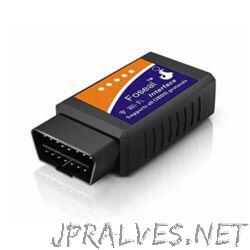Other
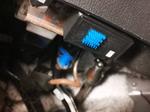
“Introduction A WEB Based or Wifi/BLE (EL327 Compatible) OBDII Dongle Platform using the ESP32 WROVER (16MB) Module An OBDII Dongle using the ESP32 Wrover with built-in SPIFFF memory is used as a CAN BUS OBDII reader and the data …
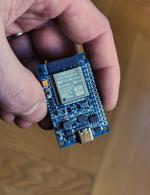
“RejsaCAN is a 3x5 centimeter small ESP32 based board aimed at car use that I put together for my own use in my assorted crazy car projects. The board has an on board CAN interface and can be powered directly …
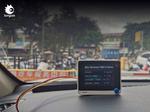
“Hack your car and read the cycling speed, rotation speed, oil temperature and other information, displayed on the Wio Terminal screen. If you have some understanding of CAN Bus and Arduino programming, and want to hack your car, then this …
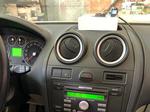
“Fancy to see your’s vehicle data online in real-time? If so, continue reading! 1) In a nutshell So today we will connect our car to the internet. Literally. Using Arduino MKR1000 & ELM327 micro-controllers we will send various data from …
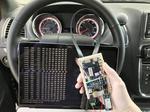
“Build a car hacking spy device to remotely read and send CAN commands and track GPS location. All based on open source software/hardware. In this project I use a Beaglebone Blue to connect it to a CAN bus on …
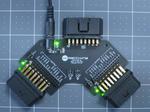
“A 3-way OBD2 breakout board that allows you to monitor and route signals anywhere you want using simple jumper blocks and wires. The OBD2 test board is designed to simplify OBD2 device development. INPUT OBD2 Connector: 1 input OBD2 connector …
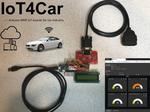
“MKR WiFi 1000 talks to a car through OBD-II interface, and uploads the data to IoT cloud for real-time monitoring and post-processing. Story Background When driving your vehicle, glancing at your dashboard, have you ever thought of collecting the …

“With this simulator, you can develop an OBD2 device and related service on your desk without going to the garage. It was troublesome to have to prepare a vehicle when making OBD2 device and related services. With this OBD2 simulator …

“This document is aimed at those unfamiliar with CAN bus or the reverse engineering process, it will cover some very basic and advanced concepts. It is assumed that the reader has moderate programming knowledge and basic electronics knowledge, however, links …

“Open-source OBD-II emulator based on an ESP32 + CAN transceiver IC, controllable via WiFi through a simple web UI (or via API).”

